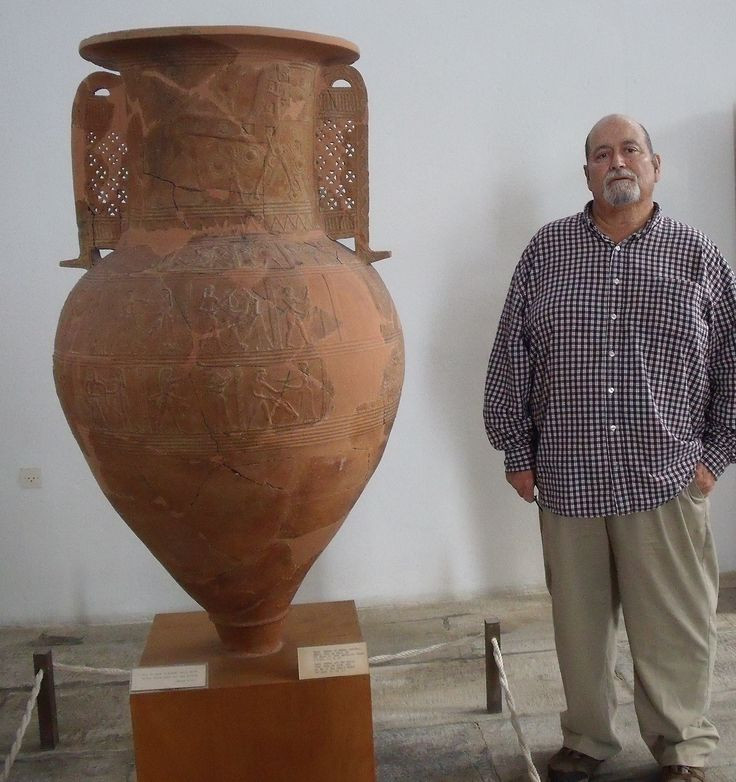Unearthing Ancient Artistry
In 1961, on the picturesque Greek island of Mykonos, archaeologists made a remarkable discovery that would shed new light on one of history’s most famous stories. A large pithos, now known as the Mykonos vase, emerged from the earth, carrying with it a visual narrative of the Trojan War’s tragic conclusion.

A Window to the Past
Dating back to around 670 BC, this ancient artifact stands as one of the earliest known artistic depictions of the Trojan Horse tale from Homer’s Iliad. Today, it holds pride of place in the Mykonos Archaeological Museum, offering visitors a tangible connection to the distant Archaic period.
The Vase’s Silent Story
The Horse and Its Warriors

The vase’s upper section captivates viewers with its portrayal of the infamous Trojan Horse. Greek soldiers, identifiable by their round shields and spears, peer out from the horse’s openings, their faces etched with anticipation. Below, three rows of figures stand poised, hinting at the impending chaos.
A Brutal Aftermath
As the eye travels down the vase, a chilling scene unfolds. Greek warriors, now without their shields, engage in merciless combat with defenseless Trojan women and children. The artist’s skill is evident in the expressive gestures and flowing hair of the victims, bringing a haunting humanity to the ancient tragedy.

Symbolism in Clay
More Than Just Art

The Mykonos vase goes beyond mere decoration, offering a pointed critique of warfare’s brutality. By focusing on the vulnerable and omitting Trojan soldiers, the artist forces viewers to confront the true cost of conflict.
Individual Tragedy Amidst Chaos
Three solitary figures stand out in the central metopes: a warrior drawing his sword, a woman in despair, and a fallen fighter. These isolated characters serve as poignant reminders of the personal tragedies that make up the larger tapestry of war.

A Timeless Message
Challenging Perspectives
The vase’s unique layout resists a simple chronological reading, instead inviting viewers to consider multiple viewpoints simultaneously. This artistic choice draws us into the Trojan experience, fostering empathy for those caught in the crossfire of history.
Echoes Through Time

More than just an archaeological curiosity, the Mykonos vase stands as a powerful commentary on human conflict. It speaks to us across millennia about the nature of deception, the consequences of violence, and the innocents who often bear the greatest burden in times of war.

As we stand before this ancient masterpiece, we’re reminded that art has always possessed the power to capture the complexities of the human experience – even its darkest chapters. The Mykonos vase continues to resonate, challenging us to reflect on the true costs of conflict in our own time.

